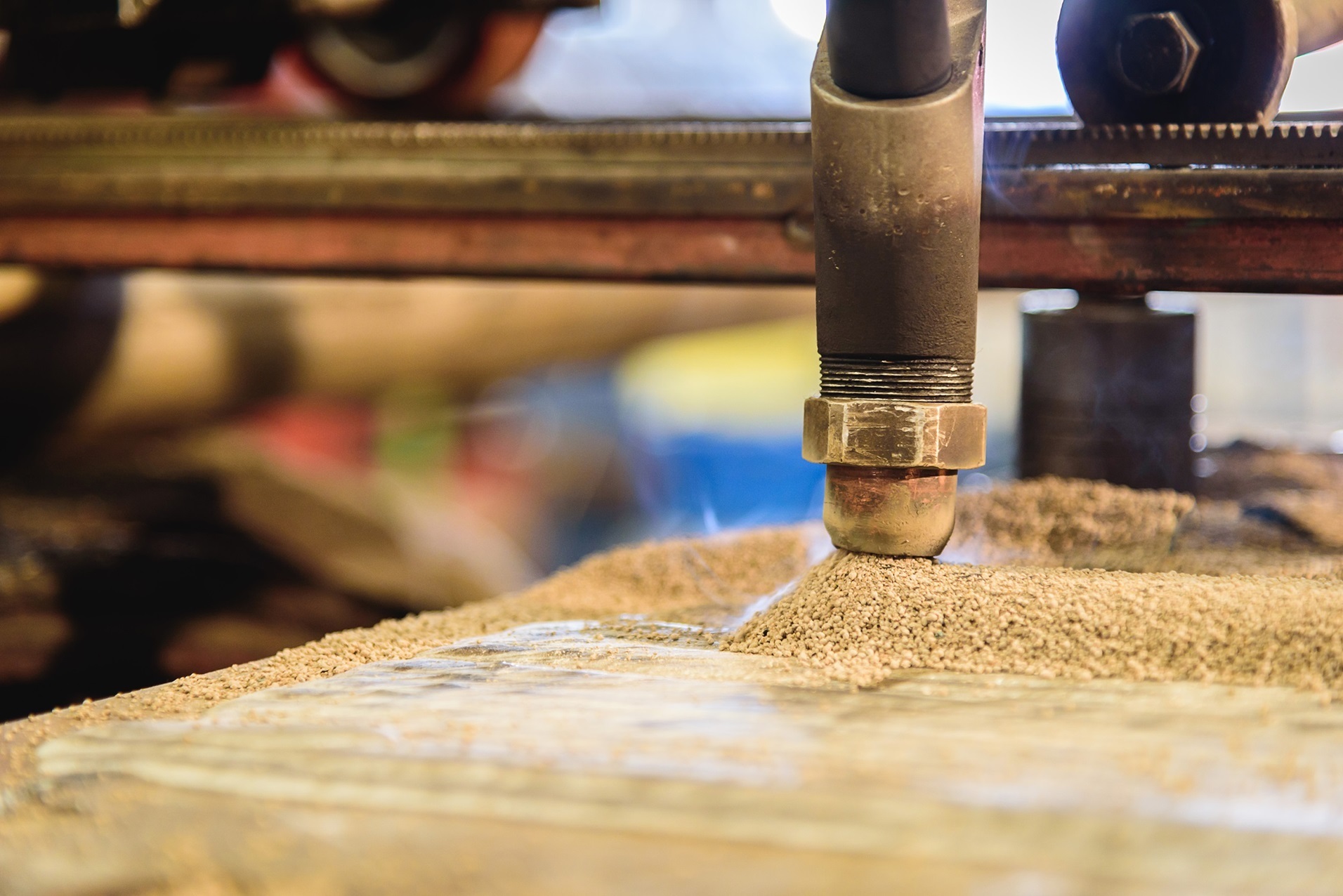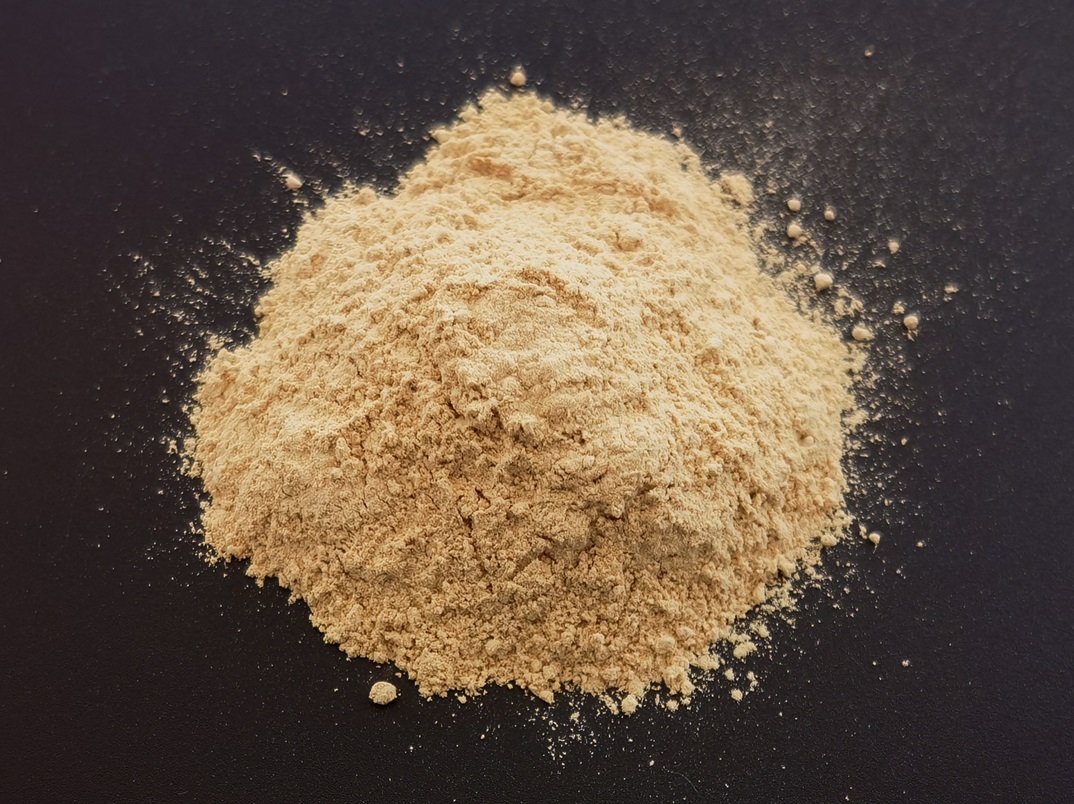Welding Flux
Welding Flux
During a welding process, the base metal and the filler undergo significant temperature changes in a very short amount of time. The heated metal may interact with oxygen and nitrogen in the surrounding air and cause chemical reactions, which make the solidifying weld porous and brittle, reducing the strength of the weld. The widespread use of welding fluxes helps prevent this phenomenon from happening.
Flux is a mixture of various minerals, chemicals, and alloying materials that primarily protect the molten weld metal from contamination by the oxygen and nitrogen and other contaminants in the atmosphere. Flux is used in the following arc welding processes: Shielded Metal Arc Welding (SMAW), Flux Cored Arc Welding (FCAW) and Submerged Arc Welding (SAW). One type of SAW fluxes is agglomerated flux which is developing rapidly in recent years due to the wide application range and simple manufacturing process.
The agglomerated fluxes have several types of complex formulations. Some oxides and chemicals, including Magnesium Oxide, are important ingredients in these formulations. In general, for example: in Calcium-silicon flux, CaO+MgO+SiO2≥60%; in Fluoride-basic flux, CaO+MgO+CaF2≥50%; in Alumina-basic flux, Al2O3+MgO≥45%, etc. It can be seen that Magnesium Oxide is commonly used in agglomerated fluxes. The amount of MgO varies from 5-20% according to the type and use of the flux while for some specific products can go up to 30-40%.
Magnesium Oxide helps to adjust basicity, viscosity and fire resistance of the slag. The flux with basicity more than 1.5 shows advantages of low oxygen content in weld metal, high impact toughness and good cracking resistant.
IMC provides our customers with high quality welding flux grade Magnesium Oxide according customer's demand.
Recommended Products





